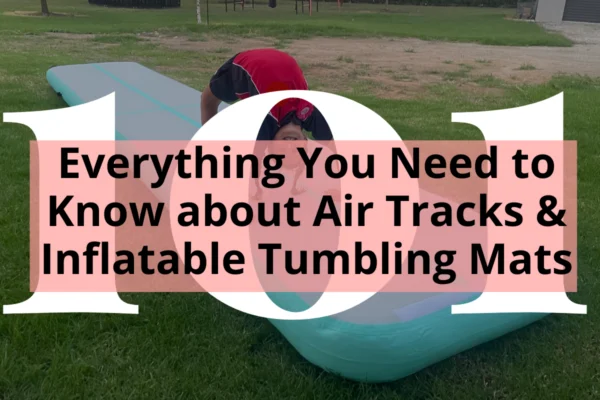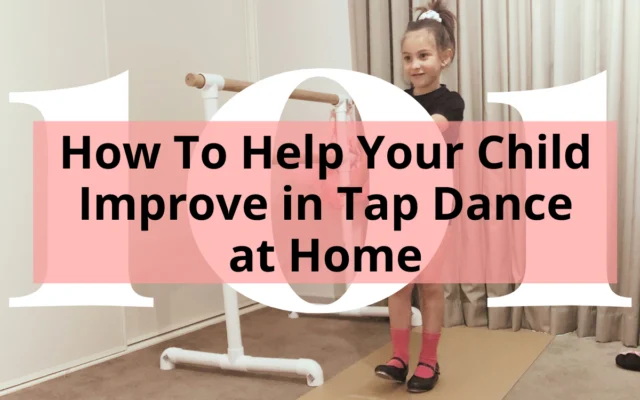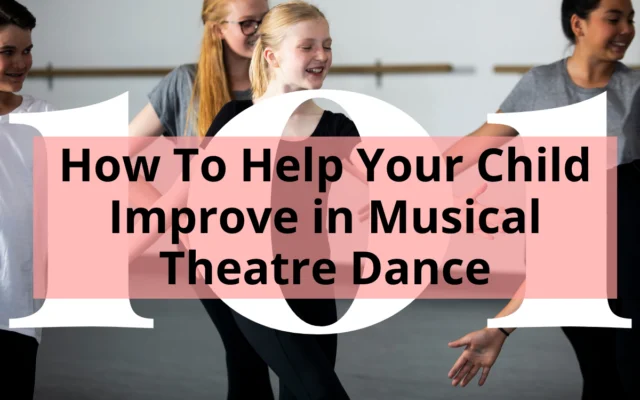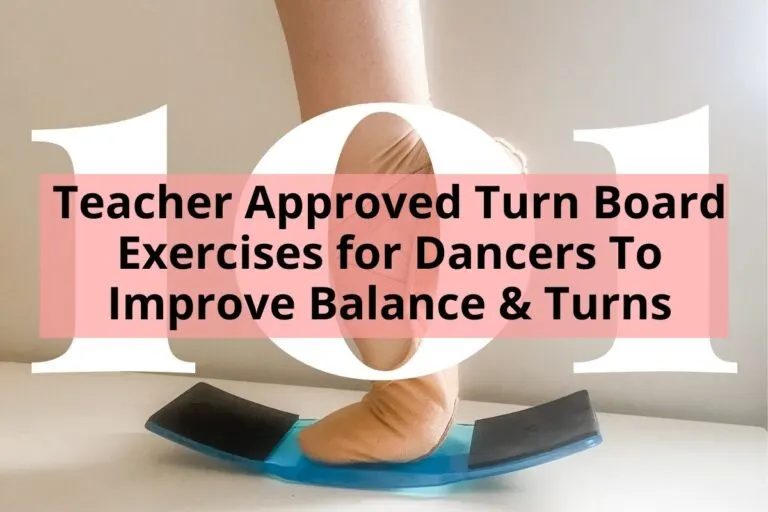By Heidi Williams and Samantha Bellerose, B.Ed, Dip.Dance (Performing Arts)
Improving transitions and technique is something that every Acro dancer can make improvements on, even when they’re at home. You don’t have to be an expert to be able to notice when their transitions aren’t as smooth as they could be, which is usually a reflection of poor technique.
Some ways to help your acrobatic dancer improve their transitions and technique are reminding them to pointe their toes and straighten their knees, practice control in slow motion, and working on their ‘bad side’.

Sometimes Acro dancers get overly focused on what they’re doing, instead of how they’re doing it. That’s where you the parent come in!
What is Technique in Acrobatic Dance?
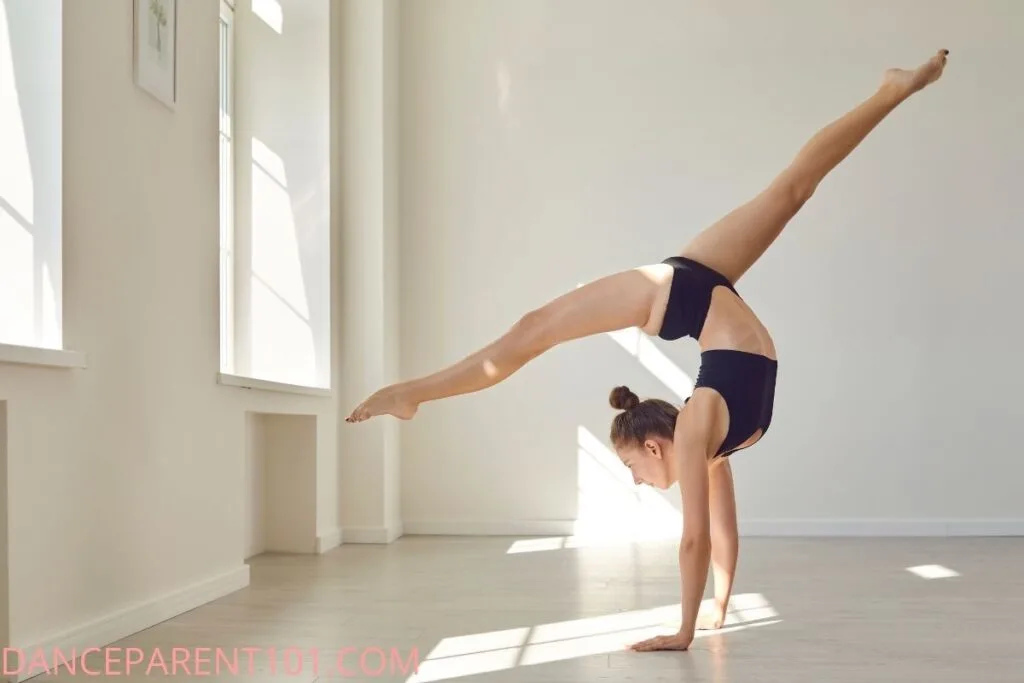
Technique in acrobatics is the ability to execute a movement or series of movements with correct alignment, using the safest openings and endings, whilst also performing the trick effortlessly.
Two Helpful Tips for Improving Technique
Dance technique is part of Acro dance, and improving their dance technique will also improve their Acro dance.
One thing to remember is that most Acro skills are done in a parallel position (hips/legs/feet are not turned out), so having your dancer practice things like grand battements in parallel might be helpful.
From my experience as an Acrobatic Arts Dance Instructor, I believe there are two top things that help any acro dancer noticeably improve in the technique department.
1. Pointing Toes
Your dancer should feel all five toes individually push away from the floor any time their foot leaves the ground.
If they do this, they won’t have to think about pointing their feet, since the act of pressing off the floor thru each toe would have caused them to do just that.
AT HOME EXERCISE FOR STRENGTHENING YOUR POINTE
An easy exercise for engaging all the muscles of the feet is using a stretch or resistance band. Your acro dancer can sit on the floor holding the ends of the band and have their foot stretched out pushing the band away from the body. They can then slowly pointe and flex their toes trying to go through and use every muscle of the foot as they do this.
2. Straightening Knees
When the legs are not bending to move into a trick or to land from one, they are usually required to not only be pointed but to be straight.
When the knee is fully straight, the quad muscle should engage, and you can often see the visible change in the knee cap.
One way your dancers know their legs are straight without looking at them is to feel whether or not the quad is flexed. If they don’t feel themselves making that muscle tense, then their leg is probably not all the way straight.
In fact, straightening their knee joint without an activated quad muscle can be dangerous.
However, in saying this, it is important to note that your acro dancer should also be engaging their hamstring muscles at the back of their legs to straighten them.
AT HOME EXERCISE FOR STRAIGHTENING LEGS
Sit with legs straight out in front with a yoga block or pillow under the knees. Ask your dancer to mentally envision using their hamstrings underneath their legs rather than their quadriceps when lifting their feet, shin and calf upwards to get straight legs. You will notice the quadriceps naturally engage, but try to get them to focus on using the hamstrings so the quads do not tire easily. Repeat 10 -12 times.
To make this exercise harder, use a resistance band around the feet and held in the hands.
The difference here is by focusing on the hamstring, your acro dancer will not overwork their quadricep muscles which can tend to cramp or overdevelop.
What are Transitions in Acrobatic Dance?

A transition is a movement between steps or tricks. A transition can start for example from the time the feet are placed on the ground coming out of a cartwheel into the next movement which might be a leap or another trick. It is how an acro dancer gets into and out of their acrobatic movement.
Four Helpful Tips for Improving Transitions
Having fluid and controlled transitions becomes especially important when learning an Acro routine and choreography, as it is what separates Acro dance from other types of gymnastics that include acro skills.
Help your dancer understand that the artistry, character, and/or storyline of their dance is just as important as their tricks within it with these tips!
1. Practice Transitions not Tricks
Acro dancers who focus only on skills might find their transitions to be less fluid and more choppy.
AT HOME EXERCISE FOR TRANSITIONS
One way to improve transitions is by having your dancer practice only the transitions in between the skills and tricks and focus on feeling through the movement pathways and making the connections between the skills just as valuable and juicy as the skills themselves.
2. Maintaining Control – Even At Slower Speeds
Maintaining control through skills will also go a long way in helping them with their transitions. If your Acro dancer is lacking in control, it might be that they need to do more strengthening. (Read here on how to help your Acro dancer build strength at home)
AT HOME EXERCISE FOR CONTROL
It’s easy for Acro dancers to want to rush thru skills that have become easier to them, but this often becomes problematic as they start to get sloppy when they rush. Make sure your dancer practices skills like walkovers at varying speeds, extremely slow and controlled, as well as quick and clean –and everything in between.
3. Doing Their Bad Side Helps Their Good Side
There is some debate in the dance world about calling the habit of preferring one leg or side over the other good and the weaker side bad. People are starting to say we should be using the words underdeveloped or not as strong for example. But for the ease of understanding what we are talking about and for you to ask your dancer before using the new vocabulary we are basically saying you need to practice tricks on both legs, not just one all the time!
AT HOME EXERCISE FOR CONTROL
Have your Acro dancer practice some of their basic acrobatic skills on their weaker side. This means beginning a handstand, cartwheel, or walkover with the opposite foot to which they naturally prefer to use.
This will actually help them improve their good side, as it will make both sides equally strong. It will also help their good side to not get overworked and fatigued. They might complain now, but they will thank you later.
4. Take Video To Help Your Dancer Analyze and Critique their Transitions
Taking videos of your acrobatic dancer can help them self-monitor their progress, and often they can constructively critique their own technique.
AT HOME EXERCISE FOR ANALYZING AND CRITIQUING
Set up a video camera on a tripod in a large space so your dancer can see their whole body and movement. Ask them to do as many movements or tricks that they have learned to do or alternatively choose to work on one. Watch them back and work on what needs to improve.
Once the movements have been filmed, get your dancer to watch the video to see if they have pointed their toes, do they have straight legs, did they go through their foot from toes to heels when landing, did they land heavily or with control, where their arms in the right position for example close to their ears if required. Get them to note the things they need to work on and get them to focus on one or two things to improve on. When they feel they have made some progress, refilm the trick or movement to see the progress!
Remember, when it comes to improving transitions and technique, consistency is the key. It’s not enough to do it right once; make sure that they are able to consistently maintain control of their bodies while in motion, and consistently able to perform their skills with proper technique.

